Mastectomy refers to the partial or complete surgical removal of one or both the breasts. This surgery is most often indicated for breast cancer.
A lump in the breast or armpits is one of the earliest signs of breast cancer. It can cause a change in the shape, size, or color of the breast or nipple. Nipple tenderness, inward folding of the nipple, discharge from the nipple, and orange peel appearance of the skin of the breast are the other signs of breast cancer. Patients who observe any of the above-mentioned signs must see their physician immediately.
Your physician may recommend you to undergo a partial or full mastectomy in the following conditions:
Additionally, if you have a family history of breast cancer or deleterious mutation of BRCA 1 and BRCA 2 genes, you are advised preventive mastectomy.
It is important to discuss all the doubts and concerns that you may have about the procedure with the surgeon. It is one of the most important steps that you need to take before the surgery.
Know the risks of the surgery and the things that you can expect to happen after the surgery. Additionally, discuss with your surgeons whether you need to undergo partial mastectomy or complete mastectomy. The approach used decides your future, including the chances of cancer recurrence. Complete mastectomy is mostly recommended in the case of invasive ductal carcinoma.
Most importantly, discuss breast reconstruction options, especially if you’ve had a double mastectomy. Breast reconstruction surgery is conducted with the help of saline or silicone implants, tissues extracted from the body of the patient, and a combination of implants and tissues. Discuss with your surgeon whether you’ll undergo breast reconstruction surgery immediately after double mastectomy or radical mastectomy.
You will be given a complete set of instructions by your surgeon before the surgery. Make a note of the following things before the surgery:
Three types of mastectomy surgeries can be performed in the patients, depending on the extent of the tumor as determined by the CT scan and mammography reports.
This type of mastectomy is carried out when the tumor is small and the surrounding lymph nodes are not infiltrated by the tumor cells. When mastectomy is conducted on both the breast, it is known as double mastectomy. This is also used in cases of invasive ductal carcinoma.
Step 1: Surgical incision at the site of tumor in the breast or breasts or invasive ductal carcinoma (in the case of double mastectomy)
Step 2: Retraction of the intervening tissue
Step 3: Resection of a tumor along with some normal tissue
Step 4: Establishment of drainage
Step 5: Surgical closure of the wound
This procedure is performed when the tumor is large and involves a few lymph nodes.
Step 1: Surgical incision across the nipple
Step 2: Retraction of the intervening tissue
Step 3: Resection of the tumor along with some normal tissue
Step 4: Resection of lymph nodes into which the tumor cells drain (sentinel biopsy)
Step 5: Establishment of drainage
Step 6: Surgical closure of the wound
This procedure is carried out when the tumor is extensive and involves all the lymph nodes and muscles of the breast.
Step 1: Surgical incision across the breast
Step 2: Retraction of the breast tissue
Step 3: Resection of a tumor, muscle and connective tissue of the breast
Step 4: Resection of all the lymph nodes of that side of the body
Step 5: Establishment of drainage
Step 6: Surgical closure of the wound
Apart from the above three procedures, there is lumpectomy (removal of just the lump along with some of the surrounding tissue) and subcutaneous mastectomy (nipple and skin tissue are not removed).
As the anesthetic effect starts to wear off, you may start experiencing pain. Analgesics are administered through an intravenous line for the first two days after the anesthetic effect wears-off. In the case of a simple breast cancer mastectomy, the drainage tubes are removed in the immediate post-operative period. They are retained for two days if you undergo a radical mastectomy. Any signs of inflammation or redness should be immediately reported, as it may indicate infection.
Initially, clear fluid diet is given during the recovery period and then this is slowly progressed to solid food. You should take sponge baths until the incision heals to prevent the occurrence of an infection. You may keep the arms elevated to prevent the accumulation of fluid in the breast cavity. The hospital stay for radical mastectomy is one to two days. The complete recovery may take up to six weeks.
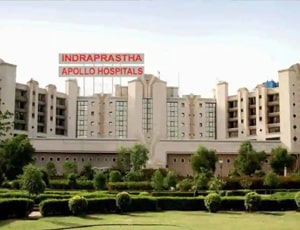
Delhi, India
Equipped with more than 50 specialty institutes, Indraprastha Apollo was started with the vision of ...more
![]() Private Rooms
Private Rooms
![]() Translator
Translator
![]() Nursery / Nanny Services
Nursery / Nanny Services
![]() Airport Pick up
Airport Pick up
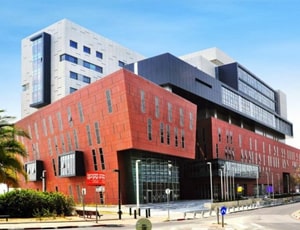
Tel Aviv, Israel
Assuta Medical Center is a leading private hospital in the capital city of Tel Aviv in Israel. Assut...more
![]() Accommodation
Accommodation
![]() Airport Transfer
Airport Transfer
![]() Choice of Meals
Choice of Meals
![]() Interpreter
Interpreter
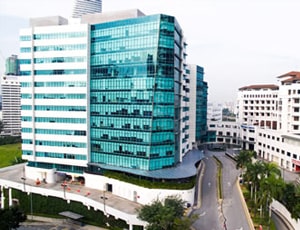
Kuala Lumpur, Malaysia
History Parkway Pantai Hospital in Kuala Lumpur, Malaysia is operating under the Parkway Pantai gro...more
![]() Accommodation
Accommodation
![]() Airport Transfer
Airport Transfer
![]() Choice of Meals
Choice of Meals
![]() Interpreter
Interpreter
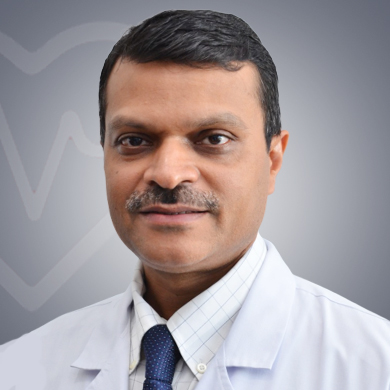
Oncologist
Delhi, India
21 Years of experience
USD 42 for video consultation

Surgical Oncologist
Noida, India
10 Years of experience
USD 32 for video consultation
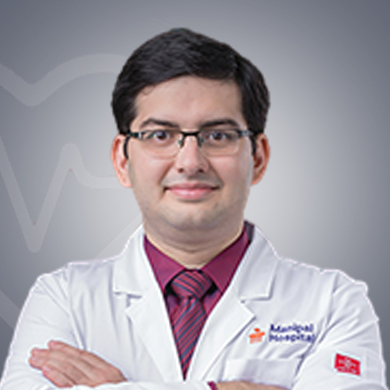
Surgical Oncologist
Dubai, U.A.E.
10 Years of experience
USD 140 for video consultation
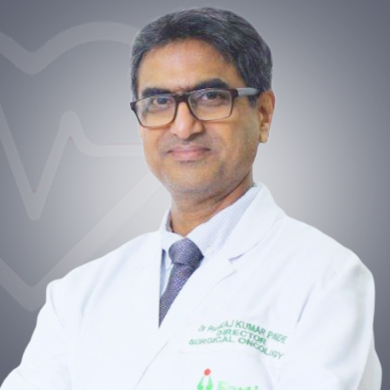
Surgical Oncologist
Delhi, India
20 of experience
USD 32 for video consultation
Q. What is sentinel node biopsy?
A. Sentinel node biopsy is a procedure that lets surgeons know whether the cancer cells have spread to the lymphatic system. This is conducted by injection of contrast dye into the region. The fact that the cancer cell infiltrated lymph nodes drain easily will make it easy to identify affected lymph nodes and dissect them.
Q. Are all lumps in the breast cancerous?
A. Only 10 percent of all the breast lumps are diagnosed to be malignant. But, it is always advisable to consult a general physician to rule out the possibility of a malignant lump.
Q. What is prophylactic mastectomy?
A. In patients with an increased genetic risk of a breast cancer, the breasts are removed as a preventive measure to avoid further complications. This is referred to as prophylactic (preventive) mastectomy.
Q. Is breast reconstruction surgery mandatory?
A. Breast reconstruction surgery is not mandatory. It is just an aesthetic requirement as patients may not feel comfortable or confident after losing tissues from the breast or both the breasts as in the case of a double mastectomy.
Q. When can I resume to work?
A. The complete recovery time for radical mastectomy is around six weeks. You can get back to work after six weeks.
Q: Are all women who have had breast cancer mastectomy eligible to undergo breast reconstruction surgery?
A: A majority of breast cancer patients are able to undergo reconstruction after the surgery as there are plenty of variations and options available. But a plastic surgeon is the best individual to advise whether you can undergo breast reconstruction or not.